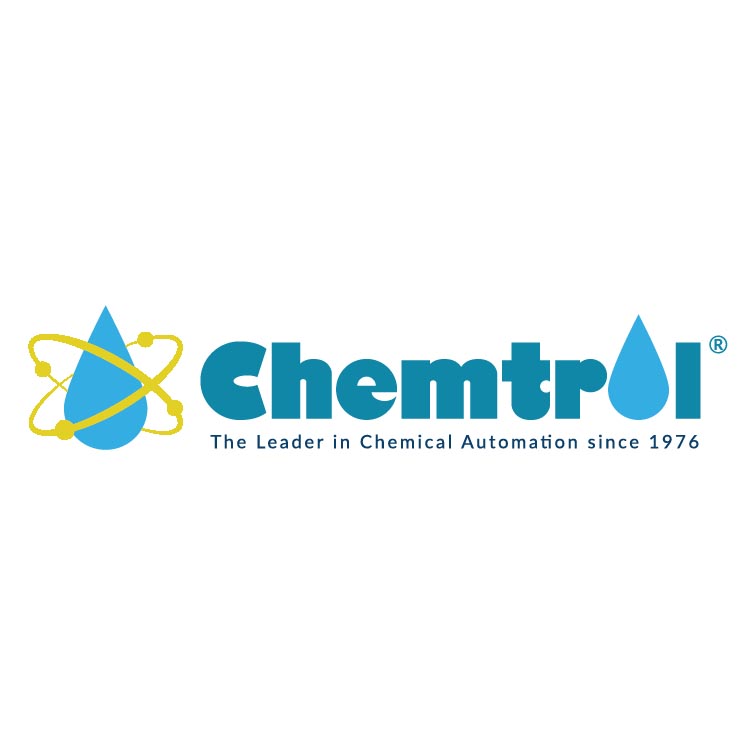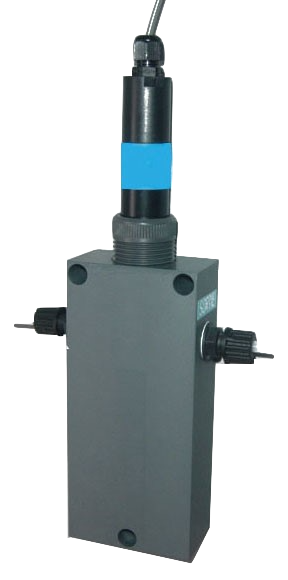Trying to help a client determine whether to go with an automated liquid chlorine system or a salt cell generator. It's a rental property in the mountains and during ski season they will have 25-30 people in a relatively small pool, 11K gallons, for days on end. My instinct is to go with a liquid chlorine system. If I assume an IC40 generates 1.4lb/day and a bather consumes 9 g/hr (taken from a spa figure I found elsewhere, so assume worse case scenario), with 30 people (again, worse case), then that is .6 lbs/hour. If they're in there more than 2 hours/day, seems like the salt cell would have a lot of trouble keeping up.
Perhaps I answered my own question here, but maybe we need to direct them to an automated liquid chlorine system.
Perhaps I answered my own question here, but maybe we need to direct them to an automated liquid chlorine system.



